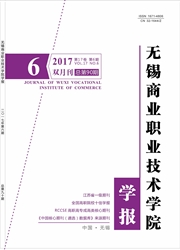

 中文摘要:
中文摘要:
By taking the panel data of China mainland from 1996 to 2010 for an example, this paper used ESDA, gravity center and standard deviation ellipse to analyze the spatial differences, combined with the impulse response function to propose the infl uence mechanism of spatial evolution. The results showed that the provincial tourism economy generally showed a random spatial distribution and the spatial differences had narrowed from 1996 to 2010. The differences of tourism development in east China are the largest, and differences of the middle China are the smallest. The gravity center of Chinese provincial tourism has shifted to the northwest, the HH district concentrated in the Yangtze River Delta and its surroundings, the LL district concentrated in west Chinese. The high-value areas of city tourism economy are broadly distributed in the right of line 'Heihe–Tengchong', mainly concentrated in four plates. Compared with spatial differences of provincial tourism economy, those of city tourism economy were more signifi cant. Regional tourism resources and social economic factors are the two major factors that infl uence spatial differences of tourism economy, the objective rule and policy and institution also have a great impact on regional tourism development differences. Special events may have a certain impact on the pattern of the original; however, it cannot change the spatial pattern completely.
 同期刊论文项目
同期刊论文项目
 同项目期刊论文
同项目期刊论文
 期刊信息
期刊信息
